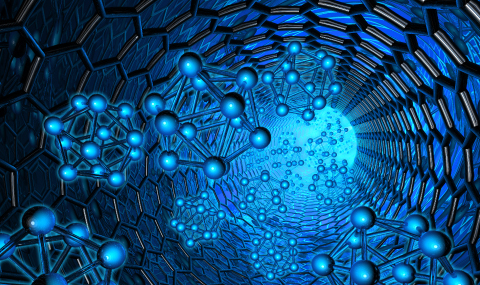The Thick Gas Electron Multiplier (THGEM) is a (geometrically) tenfold expanded version of the GEM, developed and thoroughly investigated in our laboratory. THGEM electrodes are produced over large area by printed-circuit board techniques: mechanical drilling of sub-mm diameter holes, ~1mm apart, in a ~0.5mm thick FR4 or other substrate – followed by chemical etching of the holes rim. Ionization electrons or UV-induced photoelectrons (from a photocathode deposited on the THGEM top face) are focused into the holes and undergo avalanche multiplication. High gains, above 106, are reachable by cascading several THGEM electrodes. The avalanche is localized with a patterned anode located underneath the last THGEM element.
Parallel to THGEM properties investigations, other multiplier elements have been developed, using the basic THGEM concept. They incorporate a resistive anode, designed to damp eventual local discharges induced by heavily ionizing background or electrode imperfections. One is the Resistive-WELL (RWELL), a single-faced THGEM electrode coupled to a plain or segmented resistive electrode (SRWELL); the electrode coated with thin resistive film (~1megaohm/cm2) decouples the THGEM from the readout anode. The more recent and more efficient (in terms of discharge quenching) is the Resistive-Plate WELL (RPWELL); it comprises of a single-faced THGEM electrode coupled to a plate of high bulk resistivity (~109 Ohm cm), followed by the readout anode.
The properties of this series of multiplier concepts (reaching 300x300 mm2 area) have been investigated at the laboratory and with particle beams for applications in particle physics (UV-RICH; Sampling Calorimetry; particle tracking with modest (sub-mm) resolution), neutron imaging detectors etc. A major subject of investigations is RPWELL operation at cryogenic conditions (in dual-phase noble-liquid detectors), for possible applications in neutrino physics;


